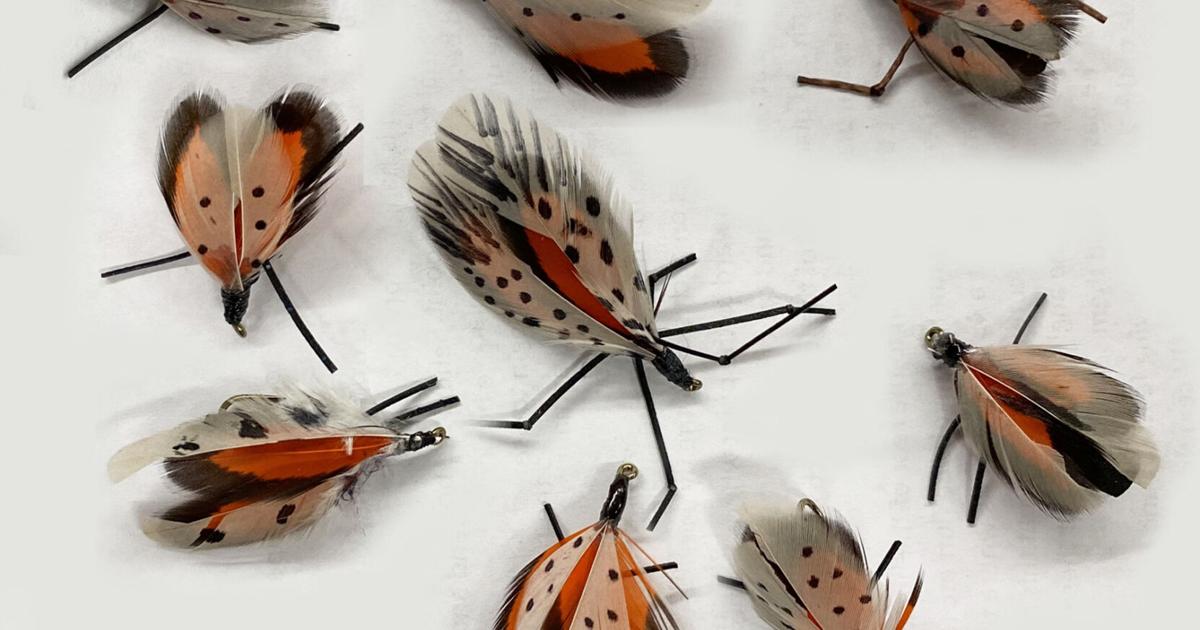A supergene is a collection of neighboring genes on a chromosome that are inherited together due to a close genetic link. Studying these unique genes is important in understanding the possible causes of differences in the social structure of fire ants, especially in order to control the species and build on the existing knowledge base.
The researchers focused on young fire ants making wedding flights. They compared the effects of the supergene on the two main types of social structures in fire ants: monogyne, the reproduction of queens that form a new nest, and pologyne, the reproduction of queens that join an existing nest.
WCU: Fire ant problems are increasing in the mountains
According to research by the Highlands Biological Station at Western Carolina University (WCU), fire ants are increasingly common in the mountains.
A report recently published in PLOS ONE shows fire ants acclimatization to high altitudes in the southern Appalachians, which many biologists had long considered impossible.
“This is having some important conservation implications as the forests here are becoming increasingly fragmented and opening the door to increased fire ants colonization,” said Jim Costa, professor of evolutionary biology at WCU and executive director of Highlands Biological Station, 23-acre Facility known for its research laboratories and teaching and learning resources.
“Although they will spread and be pests in urban, suburban and agricultural environments in our region, the greatest potential environmental impact from the ants that exist at higher elevations will be in the Great Smoky Mountains National Park, and especially in the national forests – along the US Forest Service roads, deforested areas, and power lines that give the ants a house where the soil and sun are disturbed and which can wreak havoc in the adjacent forest, ”he said.
The lead author of the report was Amanda Lytle, who received her Masters in Biology from WCU and is a Research Technician in the Department of Entomology and Plant Pathology at North Carolina State University, along with Costa and Robert Warren who received her Masters degrees in Biology from the WCU. Warren is now on the faculty at Buffalo State University in New York.
“The ants adapt to the winters here. Colonies have been found to persist at altitudes above 4,000 feet. Our study has shown in laboratory tests that their ability to withstand the cold is directly related to where they were collected, with ants in higher elevations proving to be much more resistant to cold than their lowland cousins, “said Costa. “So you are here to stay. Your adaptability is likely aided by climate change as it gets warmer at higher elevations. However, our study results suggest that even in a non-warming scenario they would continue to adapt and spread here. “
The study was published as an article in PLOS ONE Journal, an expert-reviewed, multidisciplinary e-journal. Free download. Source: WCU
Ross first worked with colleagues in his laboratory to discover a notable example of genetically encoded differences in social organization within the fire ant species Solenopsis invicta. The next step was to understand how these genetic differences lead to complex behavioral and physiological variations between ants from colonies of single queens and colonies with multiple queens. By compiling this knowledge, scientists can better understand the evolutionary patterns of species and expand alternatives for combating invasive populations.
Led by Joanie King, a UGA entomology graduate who received her Masters degree in 2017, and Samuel Arsenault, who received her PhD in 2020, the team developed an experimental design that used a collection of specimens from two fire ant organs – brain and ovarian tissue – and the full range of genotypes and social forms of social chromosomes within this fire ant species.
The study included various scientific methodologies that resulted in the collaboration of tools and resources in many different areas of the institution.
“UGA was a very supportive environment in which to conduct this research,” said Brendan Hunt, associate professor of entomology. “We received help preparing samples for RNA sequencing from Dr. Bob Schmitz’s lab in the Genetics Department, performed the sequencing in the Georgia Genomics and Bioinformatics Core, and used computing resources from the Georgia Advanced Computing Resource Center to analyze the data . “
These type of student projects offer young researchers the opportunity to grow in a hands-on setting with mentoring and guidance from academics with proven track records in the field.
“The graduate students gained experience that enabled them to move into the next stages of their careers,” said Hunt. “Both continued their studies of ant genetics.”
After King graduated and completed research at UGA, he began his PhD at Texas A&M University to study alongside Edward Vargo. Arsenault is a postdoctoral fellow at Harvard University’s Buck Trible Lab.
Source: Sean Montgomery / University of Georgia College of Agricultural & Environmental Sciences News
For more informations
To read the fully published research, visit the Wiley Online Library’s digital archive.







